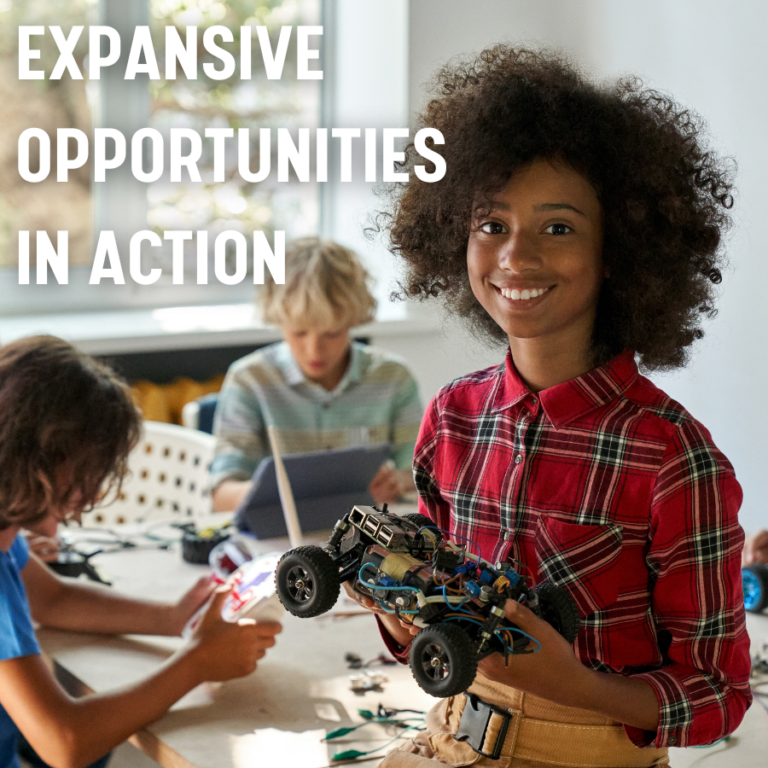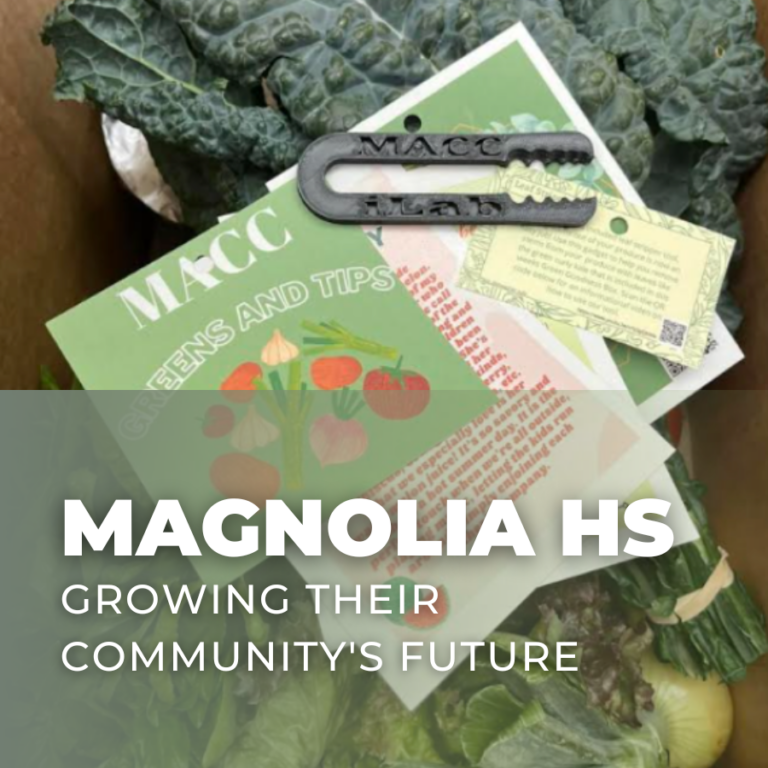Implementing PBIS: 6 Challenges and 7 Supports to Consider for Your Schoolwide Program
Effectively implementing a schoolwide PBIS system that is equitable and meets the needs of all students may feel like a fairy tale. But by understanding the barriers to successful implementation and the supports needed to overcome them, school leaders can better prepare for and modify PBIS at their sites.
Dos and Don’ts of PBIS: 10 Ways to Increase Equity and Authentic Positive Reinforcement
Instead of ditching the entire philosophy and practice of PBIS, we need to be aware of and prevent implicit biases from influencing our systems and practices.
Ditch the Clip: PBIS Alternatives to the Clip Chart
Clip charts have been a common classroom strategy for many years. Once considered an effective tool for displaying behavioral progress and adherence to classroom rules, they may not be as helpful as once thought. [These] strategies are inconsistent with a PBIS approach and, more importantly, can be harmful. [This resource from The Center on PBIS] provide[s] alternative strategies that are evidence-based and more likely to improve student behavior while promoting a safe, positive classroom.
Personalize Your Professional Development: Leadership Scope and Sequence Planning
Portico coach, Jocelyn Bigay, uses this Leadership Scope and Sequence Planning Template within her Copilot sessions to focus goals for the year and identify short term measurable goals. It allows school leaders to think through how they can work toward their yearly goals and highlight shared vision for readiness. It also helps them to backwards plan a professional learning sequence.
Implement the PDSA Process for Continuous School Improvement
This Plan, Do, Study, Act/Adjust (PDSA) template is designed to help district, building, and teacher leaders connect actions taken to the direct results impacted by the actions.
Just Breathe: Teach Your Students Belly Breathing for Self-Regulation and Well-Being
Managing your feelings requires the ability to respond to strong emotions in an appropriate way. In this belly breathing for kids activity, students will learn a new strategy for how to remain calm during stressful situations.
Student Cell Phone Policy: Best Practices for Student Success
As principal of Milwaukie High School, Carmen Gelman (now Director of Professional Development, Coalition of Oregon School Administrators, COSA) worked with the school community (including students) to ensure a firm but balanced approach to student cell phone use. We share their policy and rollout materials to inspire and guide you as you consider tackling this oft contentious topic.
Student Surveys: Evaluate and Elevate Your School’s Tiers of Support
In this segment, he shares examples of how focused and meaningful student surveys can help keep MTSS efforts, programs, and vision on-track to ensure ALL students are thriving and successful.
Evaluate and Elevate Your School’s Tiers of Support
In this segment, he explains the concept and provides examples of how expansive opportunities—in addition to traditional MTSS tiers of support—ensure ALL students are thriving and successful.
The Brain-Body Connection: Adopt Cross-Curricular Approaches in Elementary PE
Teaching physical education is the only content area that educates students in all three of the learning domains – the cognitive, the affective, and the psychomotor. Incorporating literacy concepts into physical activity such as; ABC Scooter, Quarterback Scrabble, Dribble Spelling, and Password is a great way to implement cross-curricular activities.
Beyond Just Reading: Combine Project-Based Learning with Literacy
PBLWorks put together a resource with innovative and creative ways to weave PBL into Literacy programs. Below are a few ideas.
Foster Instructional Best Practices: Add Learning Walks to Your School’s Evaluation Toolkit
The Learning Walk routine is a proven and powerful tool for getting smarter about teaching and learning. For almost 25 years this research-backed practice has been used to understand core instructional work across classrooms in schools and districts.
Learning from Each Other: Use These Tools for Peer Reviews in Teaching
This peer review activity focuses on specific elements of a classroom (outlined below) and fosters encouragement and strategies for teachers given by teachers. This is a means to improve, as well as be accountable for goals. Identifying what strategies should be implemented provides a focus for teacher’s and a starting block to navigate from.
Expansive Opportunities in Action: 4 Leaders Who Developed Supports Beyond Traditional MTSS
The Inflexion Approach incorporates core elements of a multi-tiered support approach to ensure each and every student gets what they need to be ready to thrive in the 21st century. During a Crowdsource webinar on April 20, 2023, Inflexion CEO Matt Coleman shared how the framework of the Inflexion Approach helps implement MTSS with aligned instructional supports across the school for every student, every period, every day.
In this segment, he explains the concept and provides examples of how expansive opportunities—in addition to traditional MTSS tiers of support—ensure ALL students are thriving and successful.
Your Students Deserve the Best: 3 Steps to Hiring & Retaining Top Talent
Finding and keeping great educators is one of the most important responsibilities school leaders face. It’s also one of the most complex. In a time when the demands of teaching are high and the educator pipeline is shifting, hiring well requires more than reviewing résumés and scheduling interviews—it takes intention, inclusion, and a clear sense of purpose. A collaborative, equity-centered hiring process helps build strong teams and supports student readiness from the very start.
One Portico leader shared this 3-Step collaborative and inclusive interview process that has helped their school not only hire, but retain, the best educators for their students and community.
Magnolia High School: Growing Their Community’s Future
Magnolia High School’s agriscience community center was highlighted as a model community school that’s helping its community solve its food desert problem.
Making Family Engagement Equitable, Intentional, and Effective
Family engagement is a familiar practice in most schools. From parent-teacher conferences to volunteer events, schools regularly invite families into the educational experience. But when we talk about equity, we must move beyond invitation and toward intentional partnership. True engagement happens when schools and families work together to support student success in ways that are inclusive, respectful, and culturally responsive.
Checklist for Making Your Family-Community Partnership Work
Successful family engagement requires a multi-faceted approach. This customizable checklist can help you keep track of new and continuing family engagement practices at your school.
Supporting Family Engagement: Tools & Resources to Keep Families Connected
Developing a plan for family engagement may be the first step, but sooner rather than later, you also need to ensure that there are family-friendly tools and resources provided to families to ensure equitable and meaningful access to their students’ learning.
This guide will equip you with lots of tools and resources and ideas to meaningfully and continuously engage families in their children’s learning and development.
Get Started with Community School Development
So you’re familiar with community schools. You’re interested. But getting started can feel like the hardest part. While your own school/district’s path may ultimately differ from Anaheim Union School District’s, their example can help you begin mapping out where to start.
Understanding & Evaluating The Four Pillars of Community Schools
What are community schools? Why should I consider this model? This resource provides an overview of the Four Pillars of Community Schools framework, so you can start reflecting more specifically on your own school’s approaches to supporting students in and out of the school building and connecting the school and its community.
Understanding Community Schools
What are community schools? Why should I consider this model? This resource provides an overview, so you can start reflecting on your own school’s approaches to supporting students in and out of the school building and connecting the school and its community.
Evaluate Systems & Structures That Support School Communities
During a Crowdsource on March 16, 2023, Anaheim Union High School District shared strategies for effectively engaging parents and family members. How can you create more authentic connections with and supports for your greater school community?
The Literacy Playbook: Integrate Literacy Into Every Period, Every Day
When students are struggling with literacy, consider teaching it schoolwide during every period of every day. This is what Valley High School implemented with outstanding results. This resource goes over the literacy playbook.
























